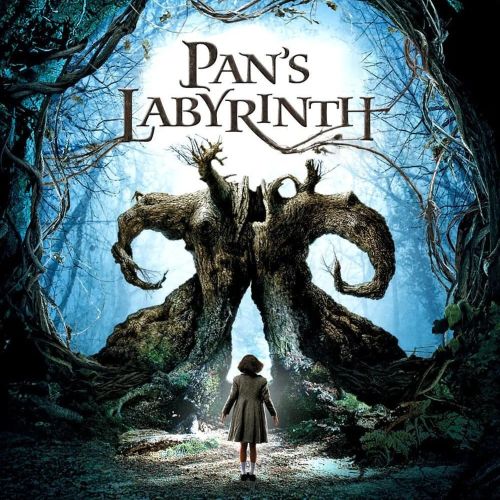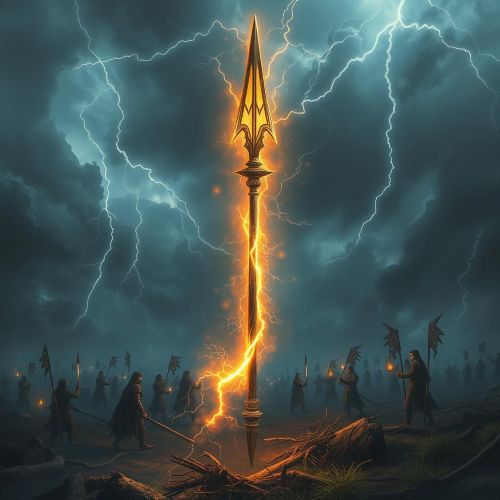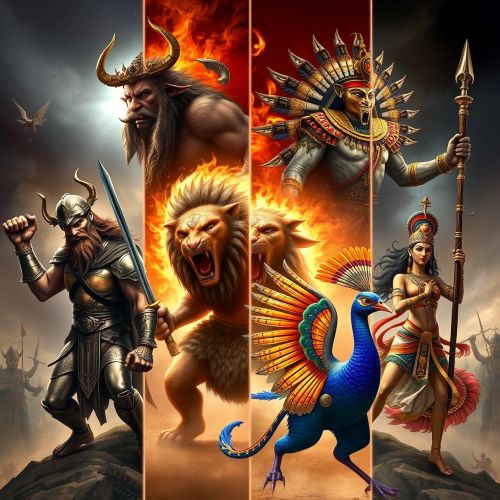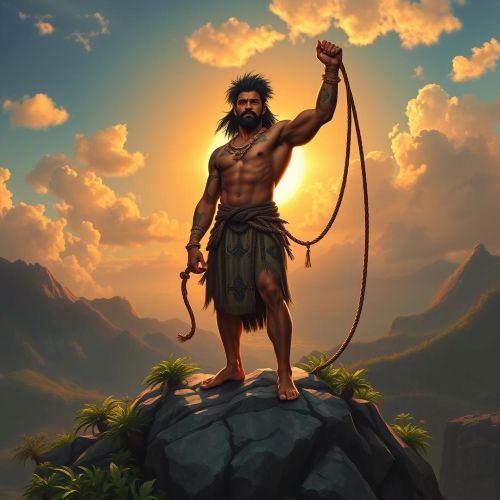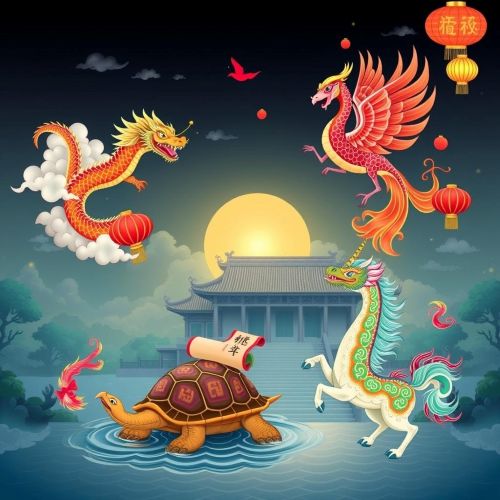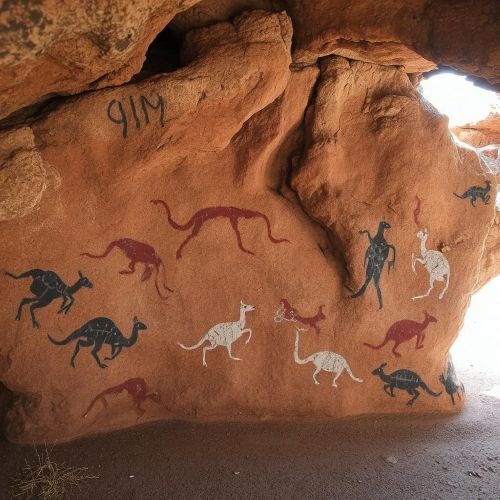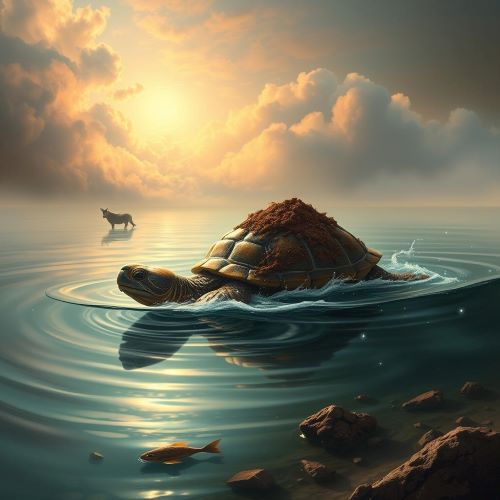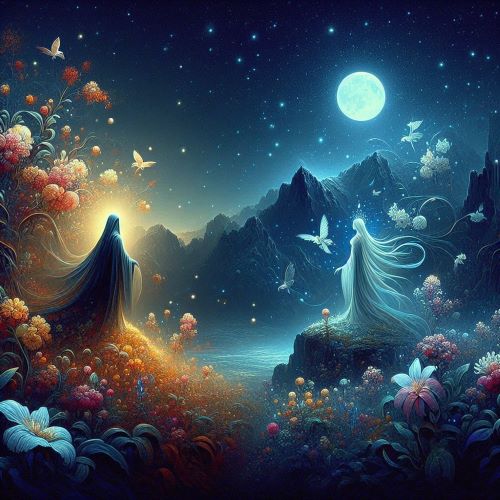The Story of Wurugag and Waramurungundi in Dreamtime Mythology
Aboriginal Australian mythology, one of the oldest and most profound oral traditions in the world, presents a rich tapestry of creation stories rooted in the Dreamtime—a spiritual epoch that transcends linear time. Among these stories, the tale of Wurugag and Waramurungundi stands out as a foundational myth describing the origin of humanity.
These two figures are revered in several Aboriginal communities, particularly in northern Australia, as the first man and first woman. Their narrative speaks to deep themes of creation, knowledge, kinship, and the transmission of life and culture. Through their story, we glimpse how Indigenous Australians understand their origins and spiritual responsibilities to the land and each other.
The First Man and Woman
In Aboriginal cosmology, the Dreamtime is both a mythological past and an ever-present spiritual layer of reality. It is during the Dreamtime that ancestral beings shaped the land, established laws, and brought life into being. Wurugag, the first man, and Waramurungundi, the first woman, are key players in this primordial age.
Wurugag symbolizes strength, survival, and the first breath of human life. Waramurungundi, meanwhile, is a figure of creation and nurture. She is more than just the first woman; she is the mother of all human life, and in some traditions, she is credited with giving birth to all people and teaching them how to live.
Waramurungundi: The Life-Giver
Waramurungundi’s role extends far beyond childbirth. She is also said to have taught language and culture to the people, guiding them in how to live in harmony with each other and with the land. In this sense, she is not only a biological ancestor but also a cultural one.
Aboriginal mythology does not separate the physical from the spiritual. Waramurungundi’s actions are seen as eternally present, influencing the behaviors and customs of her descendants today. She is revered in rituals and oral traditions passed down through generations.
In many stories, Waramurungundi walks the land after creation, naming places, animals, and plants, thereby imbuing the environment with spiritual significance. Each place she touched carries the memory and authority of her passage.
Wurugag: The Ancestral Man
As the first man, Wurugag represents the beginning of human experience—learning to hunt, survive, and engage with the natural world. His union with Waramurungundi is symbolic of balance: male and female, action and nurturing, survival and wisdom.
Wurugag is less frequently described with elaborate mythology compared to Waramurungundi, but his importance lies in his foundational presence. His existence affirms the humanity of Aboriginal peoples and their deep connection to their ancestors.
Cultural Importance and Oral Traditions
These stories are not merely myths in the Western sense—they are living laws and truths that guide behavior, responsibilities, and relationships. In Aboriginal communities, the telling of Dreamtime stories like that of Wurugag and Waramurungundi is part of an educational and spiritual system known as “songlines” or “Dreaming tracks.”
Songlines are oral maps that trace the journeys of ancestral beings. Wurugag and Waramurungundi’s journey is etched into the land through these songs, dances, and ceremonial storytelling. Every river, hill, and tree has meaning because of the stories associated with it.
Their myth is also closely tied to the concept of custodianship of the land. Aboriginal people see themselves as caretakers of the land, not owners. The story of Wurugag and Waramurungundi emphasizes this sacred duty passed down from the first people.
Modern-Day Recognition
Although colonization, displacement, and cultural suppression have greatly impacted Indigenous communities, stories like that of Wurugag and Waramurungundi remain central to cultural survival and revival.
Contemporary Aboriginal artists, writers, and activists often draw upon these ancestral stories to assert identity, claim rights to land, and educate the broader public. Waramurungundi, in particular, is sometimes invoked in discussions of Indigenous feminism and matriarchal wisdom.
Museums, cultural centers, and educational institutions across Australia have also started to include Dreamtime stories like this in exhibitions and curricula, recognizing their cultural and spiritual significance.
Conclusion
The tale of Wurugag and Waramurungundi is not merely a creation myth—it is a statement of identity, belonging, and sacred heritage. Through their story, Aboriginal Australians affirm their connection to the land, each other, and the unseen world of the Dreamtime.
Their legacy continues to live on in the sacred traditions, languages, and cultural practices of Aboriginal people. As we listen to and share these ancient stories, we participate in a form of cultural respect and preservation that stretches back tens of thousands of years.


